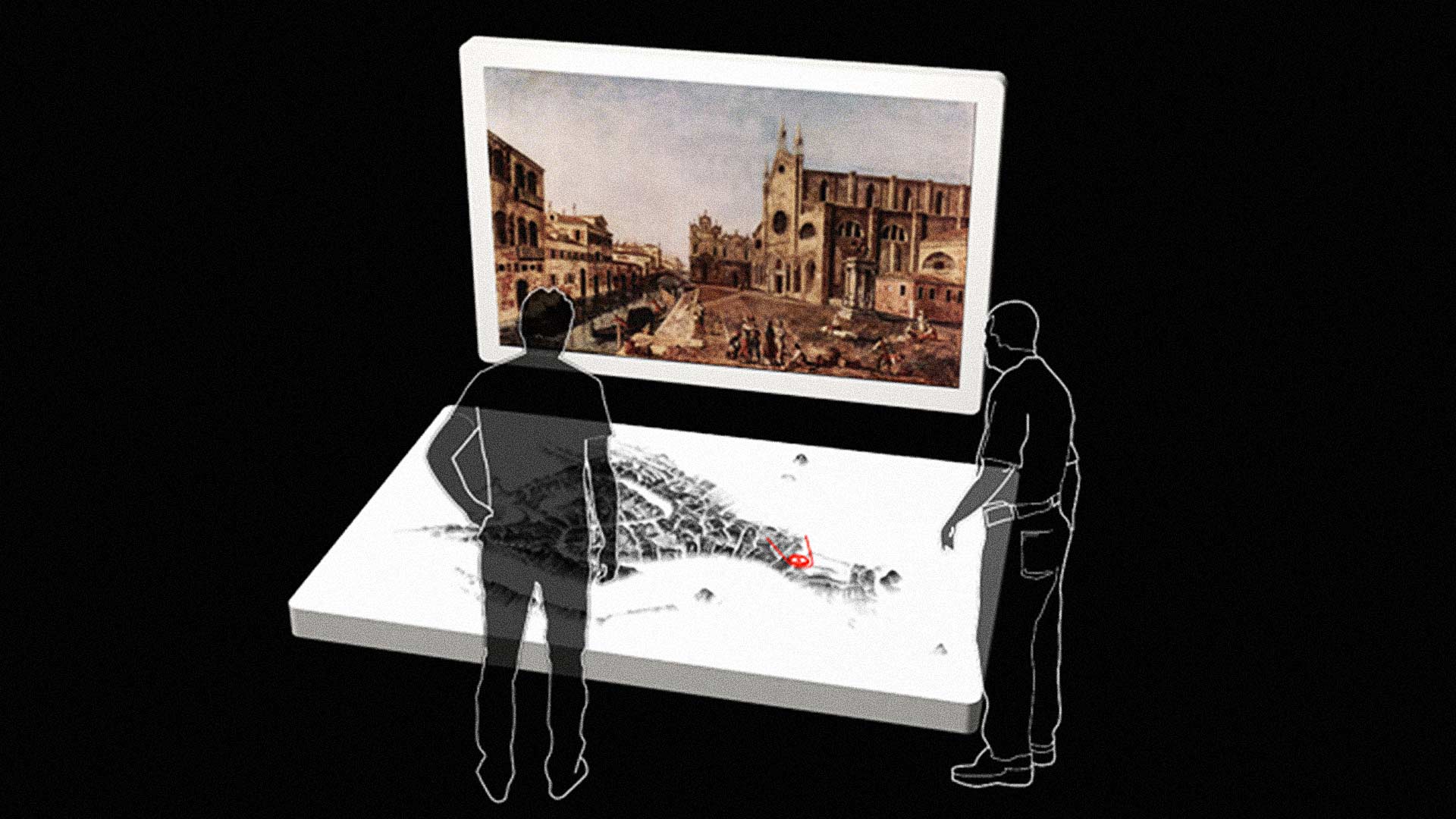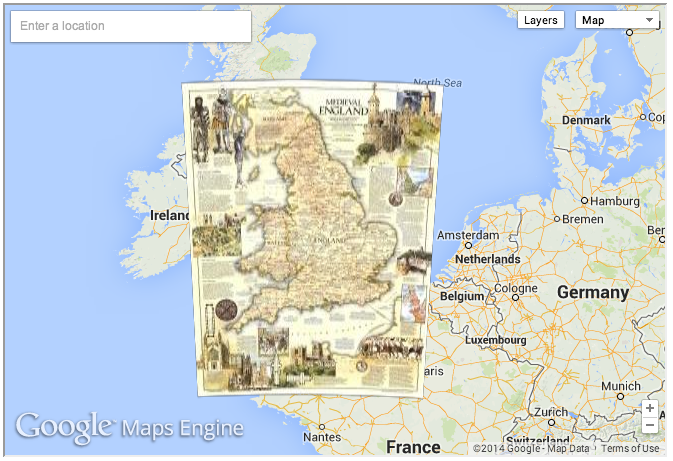
Frederic Kaplan has built an information-lush time machine that will let the curious to travel through Venetian history.
Frederic Kaplan has found an unconventional way to build a time machine. Rather than making a metal object (or, uh, a police call box) that whisks you through time and space, he wondered: Could a time machine be built out of information?
In today’s TED Talk, filmed at TEDxCaFoscariU, Kaplan previews the Venice Time Machine, a collaboration between Ecole Polytechnique Federale De Lausanne and Ca’ Fosari University, to make a geographical and historical simulation of this incredible city, whose past is perhaps the most well-documented in the world. The project is digitizing 80 kilometers of archives to re-create spaces that are now lost to time.
In a similar vein, Google recently opened up its Google Maps Engine, which lets ordinary people add rich data to Google Maps, so that “together we can organize the world’s geospatial information and make it accessible.” Last month, they revealed that National Geographic is taking part in the public data project. National Geographic has been around since 1888 — it has funded more than 10,000 research expeditions over the years and published 800 maps. They have some really cool ones.
“Maps and geography are integral to everything we do; it’s even part of our name,” says National Geographic’s Director of Digital Development Frank Biasi in a Q&A. “People have collected our magazine fold-out maps for over a hundred years, and many of those maps are sequestered away in attics and garages. The public data program gives us the opportunity to release our amazing map collection to the wider world.”

A far-away view of a Google Maps/National Geographic collaboration, to show you medieval England. Click the link and scroll down the page to explore this map.
In one of the sample Google Maps created through this collaboration, a map of medieval England is overlayed on a contemporary map. Symbols on the map denote towns, churches and cathedrals, battles, and “Great Houses and Palaces.” As you move about the map, you can also browse an article on the social ladder of the Middle Ages, and read up on cathedral architecture.
“We will also use Maps Engine to overlay our maps with interactive editorial content, so the maps can ‘tell stories’ and raise awareness about environmental issues and historic events,” says Biasi. “We could use Maps Engine to add articles, photography and information from National Geographic expeditions to our ocean maps. These interactive maps, which we can display in 2D or 3D, will allow people to follow along with expeditions as they unfold or retrace past expeditions.”
Frederic Kaplan of the Venice Time Machine is excited to see how this collaboration develops, though he think it will encounter one stumbling block. “It’s interesting,” he says. “It should work well for any recent maps or reconstructed maps from the past. However, maps that are more than 200 years old will be very difficult to chart directly onto Google Maps.”
Comments (10)
Pingback: Monday Maps | Krista McCracken
Pingback: Mapping history: How Google Maps and Nat Geo are layering old and new space (just like today’s TED Talk)